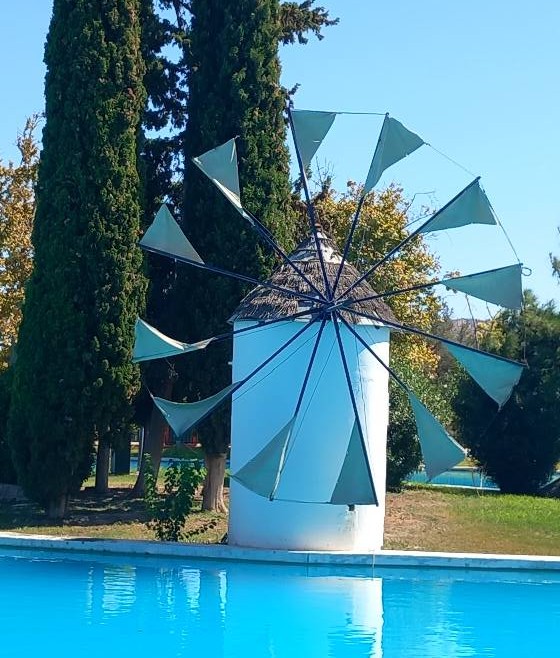A windmill a hidden gem – a jewel in a beautiful neighborhood of Athens with a rich history. Nea Filadelfeia features greenery, squares, and picturesque houses with small gardens and tiled roofs. It was created following the model of an English garden city, and its history is intertwined with the Asia Minor Catastrophe and the arrival of refugees in Greece a hundred years ago. Today, its refugee character remains visible. Past and present coexist in every narrow street, and it is rightly considered one of the most charming areas of Athens, well worth exploring.
The neighborhood was first inhabited in 1927 by the “fire victims of Ampelokipoi,” as the Asia Minor refugees were called who had been living in the refugee settlements of Ampelokipoi until their homes were destroyed by fire and they moved here. According to the municipality’s historical archives, “the settlement included 549 buildings with 1,720 housing units, following seven different housing types: single-family, double-family, four-family and eight-family homes, arranged in Π, Ε, or Τ shapes.”
Today the park (Alsos) also features a meteorological station, a cinema, and a welcoming environment for walking, exercise, and leisure. It is an important urban green and recreational space for the city of Athens, functioning as a green lung offering pathways, recreation areas, and venues for events. Elements such as the lake and the windmill are integral parts of its design.
The windmill in the lake of Nea Filadelfeia Park is a symbolic and decorative feature evoking:
Greek tradition and the countryside: Windmills have long symbolized self-sufficiency, production, and a bond with the land.
The Aegean and the Cyclades: Its form recalls the white Cycladic windmills, bringing to mind images of Greek islands and summer.
A sense of romance and fairy-tale charm: Its position in the lake, with a small bridge, creates an atmosphere of calm and nostalgia for earlier times.
Thus, it serves as a landmark and a decorative element connecting the park’s natural landscape with Greek cultural identity.

